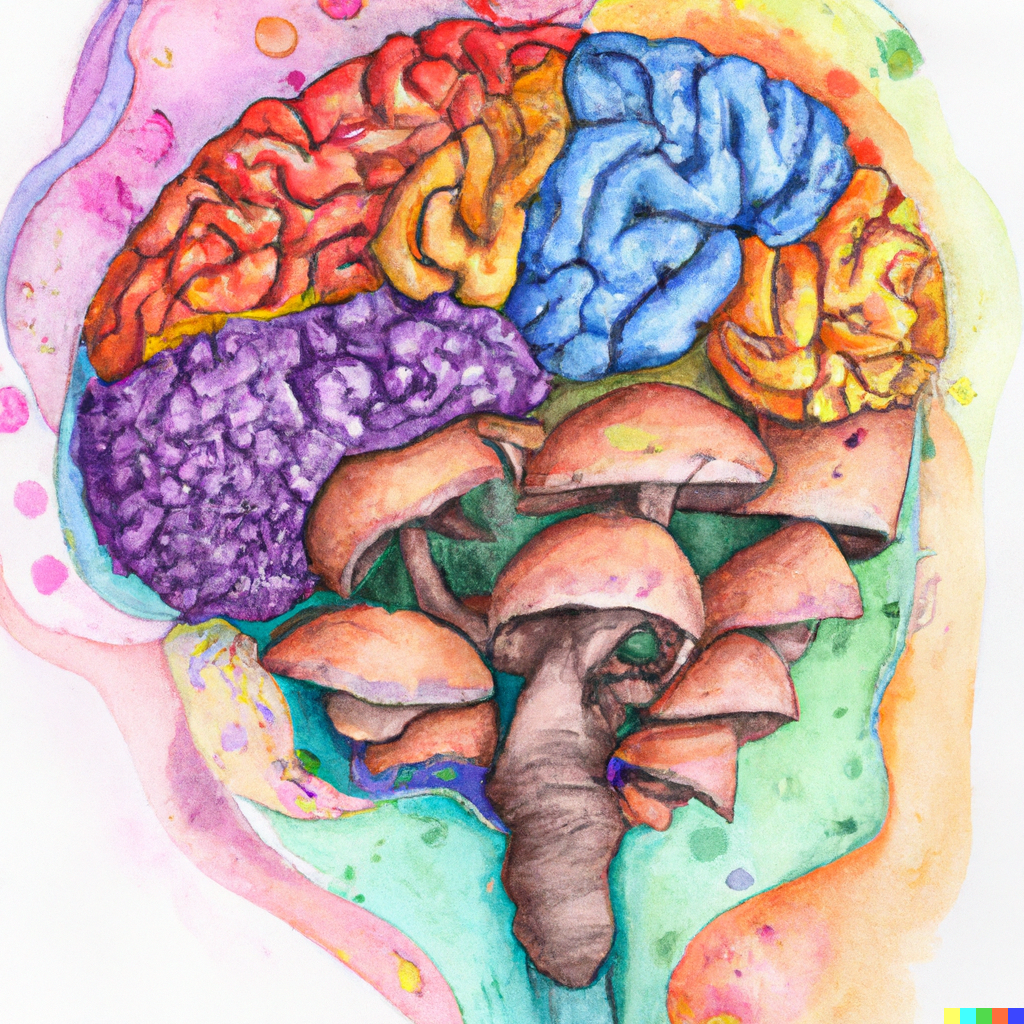Here, I’m assuming “it” is a conscious perception. But now I’m confused again because I don’t think any theory of mind would deny this.
Yes, the example of such a theory that is common is epiphenomalism. What I am contrasting in my answers is the epiphenomalist/hard-determinist framework with the physicalist/compatibilist one.
stimuli -> CPM ⊆ brain -> consciousness update CPM -?> black box -?> mind -?> brain -> nervous system -> response to stimuli
I can try to explain with such a diagram:
stimuli -> nerves -> brain input ports -> brain filtering and distribution -> Conscious brain processing via causal predictive modelling -> brain output ports -> nerves -> conscious action
|
-- > Unconscious processing -> brain output ports -> nerves -> unconscious action
So, the CPM is a process within the brain. The idea is that the brain is a computer that makes predictions by building cause-and-effect models. What is interesting about the mathematics of causal models is that the underlying engine is the counterfactual. The claim being made here is that mind itself is this counterfactual engine doing its work. The computational space that deals with the counterfactuals or “fantasies” is the essence of the mind.
This is not in any way a solution to the hard problem of consciousness. Rather, it is one of many frameworks compatible with physicalism, and it is the one I personally subscribe to. In this framework, it is a postulate that conscious experience corresponds to the brain’s counterfactual simulations within a generative model used for predicting and guiding action. This postulate does not prove or mechanistically explain consciousness. No physical theory currently does.
















Wow, a really nice shot of a really nice frog!